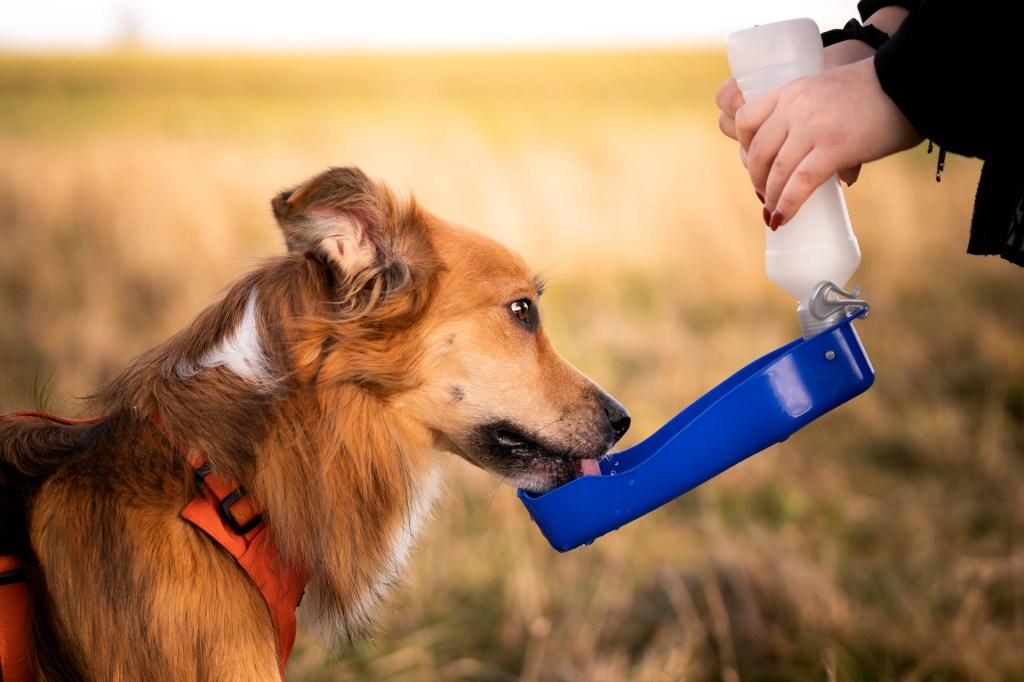The COVID-19 pandemic has forever changed the way people shop for pet supplies. Over the past three months, government-sanctioned quarantine orders saw millions of Americans sheltering in place, causing consumers to move through a threshold of behaviors that stretched from pet pantry-loading to adjusted shopping habits within restricted living conditions! As we shift into a “new normal,” it’s important to take stock of what has happened to help inform a path forward as lockdown rules loosen. So what’s happened so far?
Rapid fluctuations at pet retail
The impact within the U.S. pet retail industry has been substantial, with sales numbers fluctuating at historic proportions. During the month of March, as shelter-in-place orders went into effect across the U.S., pet owners rushed to load-up their pantry with essential pet food and supplies. Sales numbers skyrocketed during the second and third week of March, netting 40% and 51% growth, respectively. NielsenIQ data shows that year-over-year, in-store retail sales were up 26% and e-commerce sales were up an impressive 77% in March. Pet food is a fixed-consumption category though, and pet parents buying more pet food doesn’t mean pets are eating more. It means supplies will last longer.
We saw the impact of the stock-up immediately, as sales plummeted in the weeks following the pantry-load. Dollar sales dropped 40% from the third week of March to the fourth week, settling about 15% below the previous year’s levels. Dollar sales have been slowly improving since then, but remained in the red into May.
Stocked pantries
Pet parents went big with their pantry loading, literally. For dog dry food, consumers within brick-and-mortar retail channels stocked up on the largest bag sizes of shelf stable dry food. For dog dry food bags larger than 28 lbs, NielsenIQ data shows that sales in the third week of March grew 74% over the previous year (compared with 47% for bags less than 7.5 lbs. Without question, dry food saw the most significant growth during the pantry stock-up period. During the third week of March alone, in-store retail sales of dry pet food were up 63%, sales of wet food increased 42% and treat sales were up 28%. We saw a similar trend online as well: dry pet food sales increased 84%, wet food sales grew 76% and treat sales were up 57%. While this initial wave of purchasing was impressive, it’s important to note that supplies of dry food appear to be lasting longer than both wet food and treats within brick-and-mortar. By the end of April, dry food sales remained down compared with previous years at about -15%, while wet food sales were mostly flat (-1.4%) and treats rebounded (+9%). What’s behind the rise in treats? Two thoughts to consider: It’s possible that snacking during quarantine may be on the rise for pets and new pet owners may be treating their new pets as they train at home. With the shift toward extended work-from-home programs, treat sales may stay elevated. Only time will tell.
E-commerce has thrived
Overall, e-commerce has been a major benefactor this spring, both for single-purchases and subscription sales. NielsenIQ data shows that dollar sales for e-commerce subscription-based grew 28% from February to March. Non-subscription sales also grew significantly, jumping 72% in the same time period. While the spike in single purchases could have included first-time online buyers, either out of necessity (store closures) or fear (avoiding trips to retail), new subscription sales provide insight into longer-term e-commerce trends. As consumers commit to auto delivery, they’re committing to e-commerce, and this may have a significant impact on in-store traffic.
A boom in new pet owners
One unexpected result of COVID-19 has been the rise of new pet owners, as many Americans opted to either foster or adopt. There have been numerous stories of fostering facilities and shelters going empty, and NielsenIQ data shows a correlated uptick in retail sales. Sales of pet bedding and accessories spiked, but not during the pantry loading period in late March. Those sales increased in late April, indicating that new pet parents were buying essential hard goods. Pets finding their forever homes is the feel good story we need right now, as the increase in adoption and fostering is both good for the pets and the industry as a whole. A growing population of pet-owning households means a growing need for pet food and products in the U.S.
What’s next?
The world is fundamentally recalibrating right now. Consumer habits are changing at pace, and understanding those changes will be critical as businesses prioritize how they too recalibrate to meet the changed circumstances driven by COVID-19. NielsenIQ recently released a new framework that lays out three possible timelines and exit scenarios. The framework points to a series of behaviors and habits that will be accelerated in each of the scenarios. In some cases, changes that may have taken years to evolve could be in place in a matter of months.
This piece was originally published in Pet Business



